
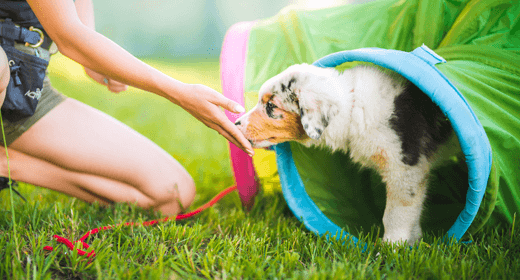
Congrats! Your adorable li’l bundle of fur is finally home. Now it’s time to train your pup like a pro with our essential puppy training techniques and tips for three important topics:
Most experts suggest potting training a puppy when they’re between 12 and 16 weeks old.
Before you begin, though, set your puppy up for success by giving them a confined space in your house, whether that’s in a crate, a small room with a baby gate or on a tethered leash, so you can keep an eye on them and prevent accidents.
Most puppies need to eat three to four times a day, so feed your furry friend delicious, specially formulated IAMS™ Puppy Food at the same times every day. The food is easy to digest and will help keep your puppy’s potty breaks on a fairly predictable schedule, which is a win-win for both of you.
We recommend every hour or two at first, depending on your pup’s breed and size. Also take them out right after they wake up in the morning or from a nap, after they eat or drink and after play sessions.
Removing access to water two hours before bed time and scheduling a bathroom break right before bed will help your li’l baby sleep through the night. Most puppies can sleep about seven hours without having to go. But if your puppy does need to go out, be low-key about it. Take them outside, allow them to go and put them right back in their sleeping space.
By taking your puppy on a leash to the same spot every time, you’re saying to them, “This is where you do your business.” The scent in this spot will encourage them to go. Also, use a consistent phrase like “go potty” as your puppy does their business. Eventually, that’s all you’ll have to say to prompt them.
We recommend using a leash so your puppy knows exactly where they need to go and doesn’t get distracted on the way — which, of course, is what puppies do.
Give your little pooch lots of praise after they do their business so they learn your expectations. You can also give them a treat, but do it immediately after they go so they associate the treat with the behavior. Going for a walk around the neighborhood is another great way to reward them.
While playing with your puppy is fun for both of you, it’s important to teach your puppy that they aren’t allowed to nip at your clothing or bite your skin. Here’s how to do it:
A great technique to nip puppy nipping is to say “ow!” in a loud, high-pitched voice. This gets your puppy’s attention because it mimics the yelp a mother dog and littermates use to say, “Hey, you just hurt me.”
Every time your puppy nips or bites you while playing — or any other time for that matter — gently remove yourself from their grip, quietly turn around and walk away. This says to your little guy or girl that biting is not an OK way to play.
If your puppy keeps biting after you say “ow!” or walk away and ignore them, they might be overstimulated or overtired. If so, gently put your puppy in their crate or room for a little while so they can calm down or sleep.
If you don’t want your hands, fingers and toes to be chew toys, then always have a puppy chew toy handy. This distracts them from the biting behavior and teaches them what’s acceptable to chew on, especially when they’re teething and gnawing to make their gums feel better.
A tuckered-out pup has less energy to nip and bite, so give them the right amount of physical activity and playtime every day. See how much exercise our experts recommend.
Whenever your little friend plays politely and doesn’t bite you or others, don’t forget to praise them, give tons of affection or perhaps offer a tasty treat.
No doubt about it: One of the most important things you can do as a new puppy parent is teach your dog how to go on a well-behaved walk with you on a leash. Here’s how to get started:
Start inside your house by putting on your pup’s collar or harness for short periods when you’re playing with them and giving them treats, like pieces of tasty IAMS™ kibble. After your puppy is comfortable with their collar or harness, attach the leash and let them drag it around
Start with simple walks around your house. Teach your puppy to walk next to you with a loose leash, praising and encouraging them with small pieces of dry dog food.
As your pup gets the hang of indoor walking, it’s time to take your leash training outdoors, preferably in your backyard if you have one. Keep your puppy focused during each brief session and encourage them to stay right next to you without pulling, lunging or stopping while they’re on the leash.
Now’s the time to put your training into action. Start out with a short walk and work hard to keep your pup close by your side. You’ll also need to keep them focused because they’ll be distracted by all the new sights, sounds and smells. Be patient, keep your pace slow and give them plenty of chances to sniff around and do their business.
Practice really does make perfect. So keep praising and giving your little friend occasional treats until they learn the leash-training routine and become a well-mannered walking partner for life.
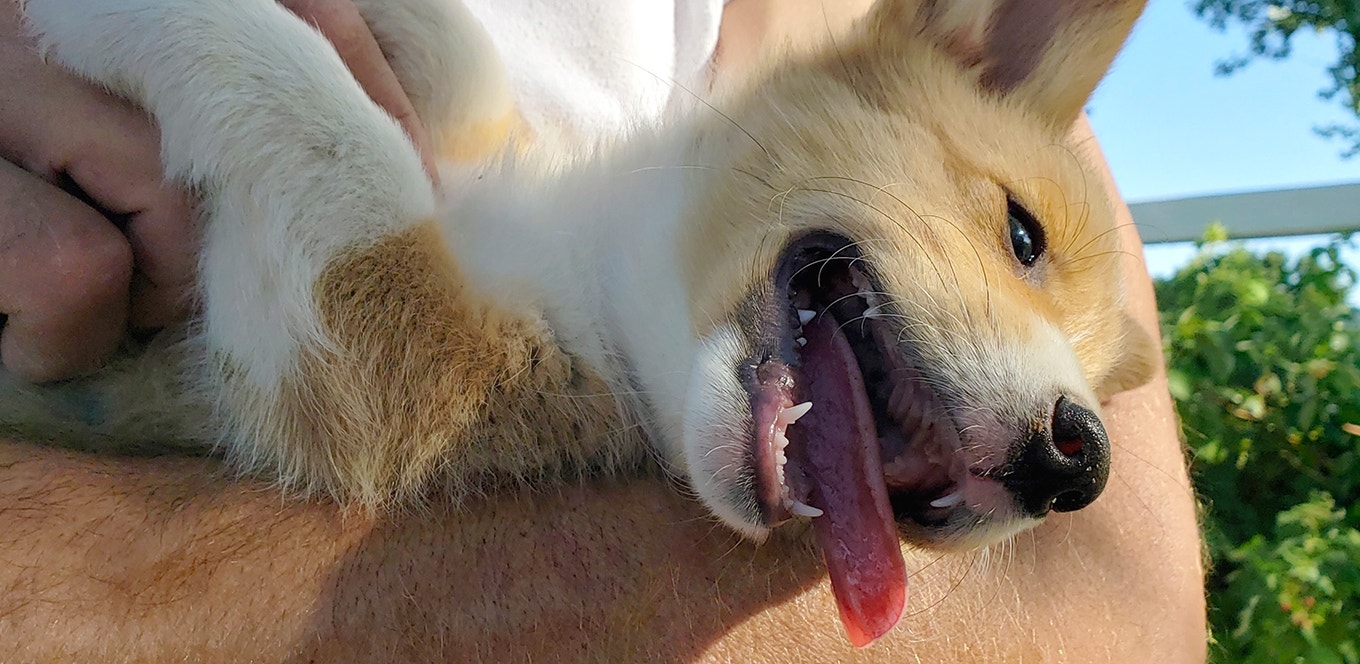
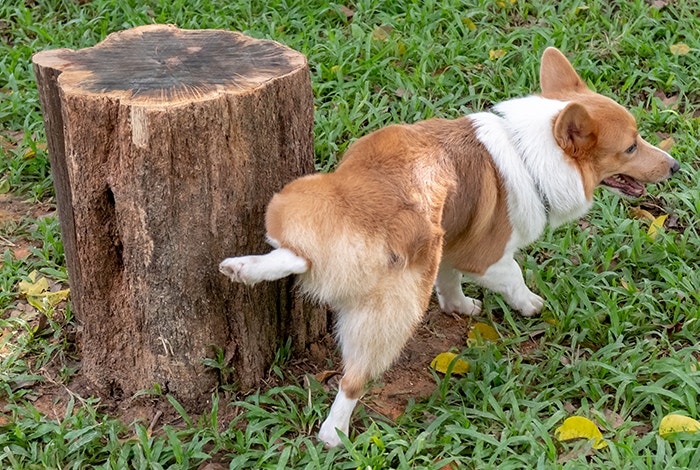
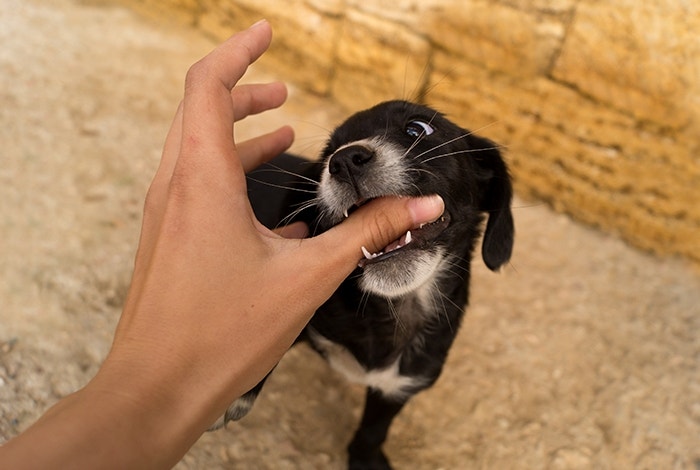
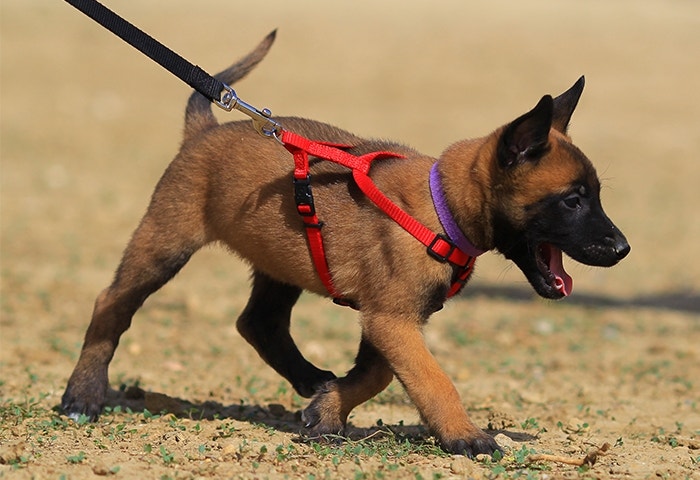


At the heart of your dog's vitality lies vitamin K. From ensuring proper blood clotting to promoting robust bone health, the importance of vitamin K for dogs’ well-being cannot be overstated. In this blog, we will uncover the benefits surrounding this essential nutrient, exploring its sources, functions, and why it is imperative for fostering a healthy and happy life for your furry friend.
Vitamin K, a crucial fat-soluble nutrient for dogs, holds paramount importance in their overall health. Best known for its role in blood clotting, vitamin K ensures your canine companion's body can effectively respond to injuries by forming clots, preventing excessive bleeding. Beyond its hemostatic function, vitamin K plays a key role in bone health, regulating calcium and supporting protein synthesis crucial for maintaining bone density.
Two main forms, K1 (found in green leafy vegetables) and K2 (sourced from animal products and fermented foods), highlight the importance of a diverse diet. Understanding these sources and functions is pivotal, ensuring your dog receives a balanced nutritional intake.
Yes, dogs can and should have vitamin K as part of their diet. While dogs can synthesize some vitamin K on their own, it is often not sufficient for their overall health. However, it's important to note that dog diets should be carefully curated, as excessive vitamin K supplementation can lead to adverse effects. Always consult with your veterinarian to determine the appropriate amount of vitamin K for your dog's specific needs. By incorporating the right sources of vitamin K into your dog's diet, you contribute to their blood clotting, bone health, and overall well-being.
Yes, Vitamin K is beneficial for dogs and plays a crucial role in maintaining their overall health. As mentioned previously, vitamin K is essential for blood clotting, which is vital in preventing excessive bleeding in case of injuries or wounds. It also contributes to bone health and supports the proper functioning of the cardiovascular system. Including sufficient vitamin K in a dog's diet is particularly important to ensure their blood coagulation mechanisms are functioning optimally.
While vitamin K is generally safe for dogs, it is essential to provide it in appropriate amounts. Excessive intake of vitamin K for dogs may lead to adverse effects, so it is recommended to consult with a veterinarian to determine the right dosage for your dog's specific needs. Additionally, pet parents should be cautious about offering human supplements, as they may contain ingredients that are harmful to dogs.
Understanding the diverse benefits of vitamin K for dogs is crucial in crafting a well-rounded approach to their nutritional needs. From supporting blood clotting to contributing to bone health, vitamin K plays a multifaceted role in enhancing your canine companion's overall well-being.
Vitamin K is pivotal in the synthesis of clotting factors, enabling your dog's blood to coagulate effectively. This ensures a rapid response to injuries, preventing excessive bleeding from minor wounds and promoting a quicker recovery process.
Beyond its hemostatic function, vitamin K regulates calcium within bones and facilitates the synthesis of proteins vital for maintaining optimal bone density. This not only supports skeletal strength but also contributes to a reduced risk of bone-related issues in your dog.
Research suggests that vitamin K possesses anti-inflammatory properties, potentially aiding in managing conditions characterized by inflammation, and promoting a more comfortable and active life for your furry friend.
Serving as an antioxidant, vitamin K helps protect cells from damage, fortifying your dog's cellular health and bolstering their immune function against external stressors.
Emerging studies indicate a potential link between vitamin K for dogs and cardiovascular health, with the vitamin playing a role in preventing the calcification of arteries. This aspect highlights the broader impact of Vitamin K on your dog's systemic well-being.
Incorporating vitamin K-rich foods into your dog's diet can harness these benefits, but it's essential to consult with your veterinarian to tailor a nutrition plan that aligns with your dog's specific needs and ensures a vibrant and healthy life.
Navigating the nutritional landscape for your canine companion involves understanding diverse sources of Vitamin K1 and K2. Here is a breakdown of some safe vitamin K foods for dogs:
Vitamin K for dogs is essential for their overall well-being, playing a crucial role in blood clotting and bone health. The importance of a diverse diet, encompassing both K1 and K2 from sources like green leafy vegetables and animal products, cannot be overstated. However, the key lies in moderation, as excessive supplementation may have adverse effects. It is essential to consult with your veterinarian to ensure informed decision-making. By responsibly incorporating vitamin K-rich foods into your dog's meals, you contribute to their resilience to tackle everyday challenges. This nutritional journey fosters a healthy and joyous life for your cherished furry companion.